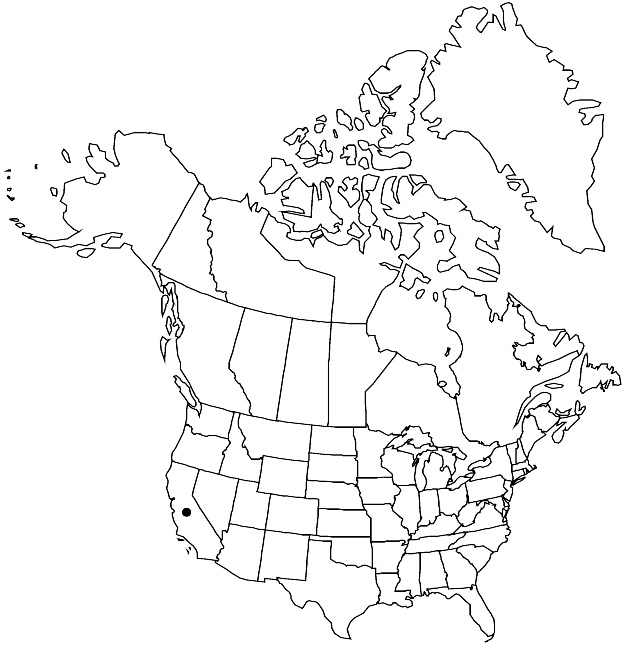Difference between revisions of "Streptanthus hispidus"
Proc. Calif. Acad. Sci. 3: 101. 1864.
FNA>Volume Importer |
FNA>Volume Importer |
||
| Line 11: | Line 11: | ||
|name=Euklisia hispida | |name=Euklisia hispida | ||
|authority=(A. Gray) Greene | |authority=(A. Gray) Greene | ||
| + | |rank=species | ||
}} | }} | ||
|hierarchy=Brassicaceae;Brassicaceae tribe Thelypodieae;Streptanthus;Streptanthus hispidus | |hierarchy=Brassicaceae;Brassicaceae tribe Thelypodieae;Streptanthus;Streptanthus hispidus | ||
| Line 36: | Line 37: | ||
-->{{#Taxon: | -->{{#Taxon: | ||
name=Streptanthus hispidus | name=Streptanthus hispidus | ||
| − | |||
|authority=A. Gray | |authority=A. Gray | ||
|rank=species | |rank=species | ||
| Line 51: | Line 51: | ||
|publication year=1864 | |publication year=1864 | ||
|special status= | |special status= | ||
| − | |source xml=https://jpend@bitbucket.org/aafc-mbb/fna-data-curation.git/src/ | + | |source xml=https://jpend@bitbucket.org/aafc-mbb/fna-data-curation.git/src/f50eec43f223ca0e34566be0b046453a0960e173/coarse_grained_fna_xml/V7/V7_1242.xml |
|tribe=Brassicaceae tribe Thelypodieae | |tribe=Brassicaceae tribe Thelypodieae | ||
|genus=Streptanthus | |genus=Streptanthus | ||
Revision as of 23:13, 16 December 2019
Annuals; densely hirsute-hispid throughout, (trichomes to 1.4 mm). Stems unbranched or branched basally, 0.3–3 dm. Basal leaves not rosulate; shortly petiolate; blade obovate, 1–5 cm, margins coarsely to shallowly dentate. Cauline leaves: blade obovate to oblong, 0.7–6 cm × 2–25 mm, base cuneate or truncate, not auriculate or (distally) minutely ariculate, margins coarsely dentate. Racemes ebracteate, (not secund, with a terminal cluster of sterile flowers). Fruiting pedicels divaricate-ascending, (straight), 2–5 mm. Flowers: calyx subcampanulate; sepals pale green to purplish, ovate, 4–6 mm, not keeled; petals light purple (with white margins), 6–9 mm, blade 2–3 × 1–1.5 mm, margins crisped, claw 5–6 mm, wider than blade; stamens in 3 unequal pairs; filaments: abaxial pair (connate ca. 1/2 their length), 4–5 mm, lateral pair 3–4 mm, adaxial pair (exserted, connate to near apex), 5–6 mm; anthers: abaxial and adaxial pairs fertile, 1.5–1.8mm, adaxial pair sterile, 0.3–0.5 mm; gynophore 0.1–0.3 mm. Fruits divaricate-ascending to suberect, straight, flattened, 4–8.5 cm × 2–2.5 mm; valves each with prominent midvein; replum straight; ovules 34–66 per ovary; style 0.4–1 mm; stigma slightly 2-lobed. Seeds ovoid to suborbicular, 1.6–2 × 1.2–1.8 mm; wing 0.2–0.35 mm wide, continuous. 2n = 28.
Phenology: Flowering Mar–Jun.
Habitat: Talus or rocky outcrops (Franciscan formation, largely on chert) and sparsely vegetated openings in grassland or chaparral
Elevation: 600-1200 m
Discussion
Of conservation concern.
Streptanthus hispidus is known from Mt. Diablo in Contra Costa County.
Selected References
None.
